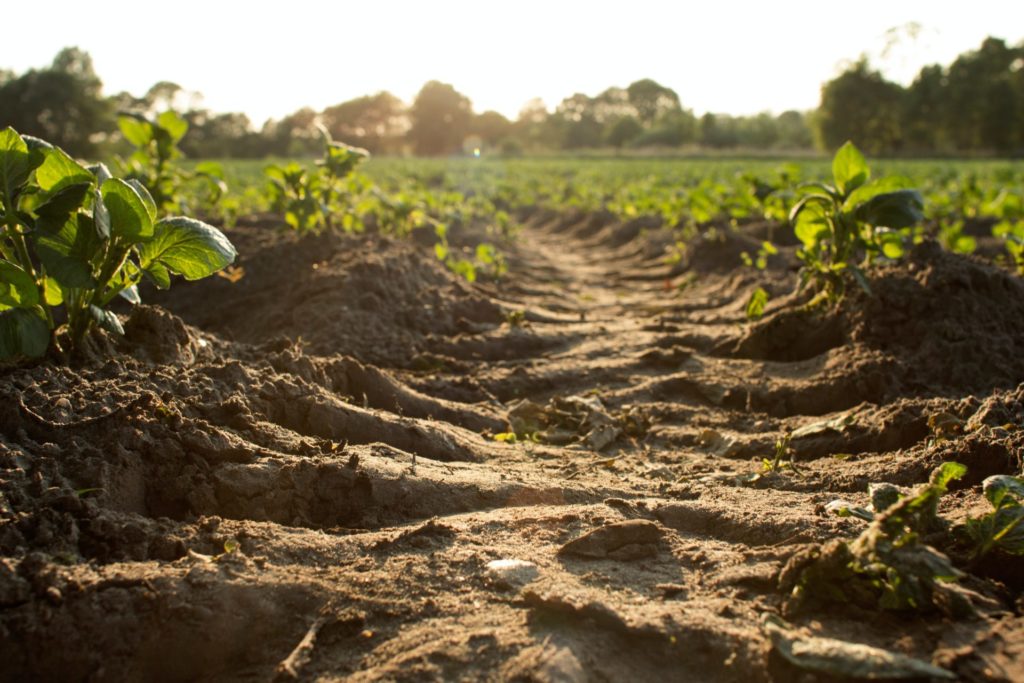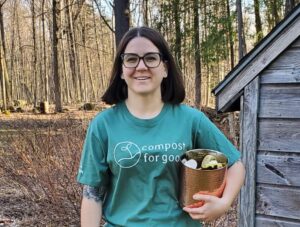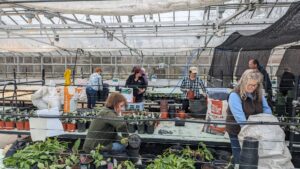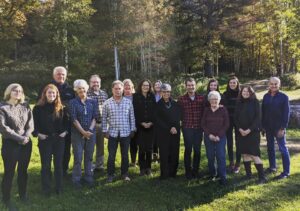By John Culpepper, Compost for Good
Under certain circumstances, stars explode in spectacular fashion. These are called supernova. It is in these massive explosions where many of the elements found in our bodies are formed. For example, every atom of oxygen in our lungs, of carbon in our muscles, of calcium in our bones, or iron in our blood was created inside of a star before Earth was born. In a very real sense, we are children of the stars, recycling the matter that has been around for billions of years.
When I no longer need them, I would like for the elements in my body to be recycled in a way that nourishes and heals our earth.
I’m 66 years old and like many people my age, I’m beginning to think about end-of-life options. Traditional burial and cremation may be the first to come to mind but did you know that New York State has legalized the composting of human remains? It’s the sixth state in the US to do so.
Natural Organic Reduction (NOR), as it’s come to be known, is a process that involves breaking down human remains into nutrient-rich compost, which can, for example, be returned to the bereaved family or contributed to a conservation area, ultimately helping to regenerate the earth.
The environmental implications between the traditional end-of-life options (e.g. ground burial, entombment, and cremation), and “green options” (e.g. NOR, natural burial, aquamation), are stark. While traditional end-of-life options may be emotionally comforting, and part of many cultures, cremation and modern burial have real environmental concerns. Greener options range from environmentally neutral to environmentally positive. (Why do I use the phrase modern burial? Because compared to more natural/biological methods, embalming and current burial practices are very new to humanity.)
When done well, composting a loved one (or any pet, mammal, or any living thing for that matter) creates life-giving, beneficial soil microbes and stable organic matter, which actually draws carbon out of the atmosphere, reducing the potential for negative global climate change. Will it make a difference if one person, or 1,000 people choose this option? Not really. But what about millions of people?
Based on my calculations, if just 1% of New York Staters choose NOR for their end-of-life option, then on average, each year there would be approximately 10,000 large dump truck loads of high value compost created that could benefit conservation land, farms, golf courses, lawns, etc. Farms? Really? Yes, all NOR processes legalized to date require that the compost meet all US EPA standards for Class A compost, with no restrictions on use. On the other hand, if 100% of New Yorkers chose NOR, then the equivalent of approximately one million large dump truck loads of compost would be created.
Would we run out of room for all of that compost? Not by a long shot. Soils all around the world have been disturbed by tillage, compaction, fertilizers, and other compounds that are harmful to soil biology. In fact, I would argue that we should encourage all organic materials to be treated as a resource and kept out of landfills.
How do I know all this? For the past 50 years, I’ve been a composter, as well as a compost advocate and educator. I am a co-founder of Compost for Good, helping individuals, organizations, and municipalities in the US and elsewhere recycle all kinds of organic material. I also wrote one of the first articles in NYS on NOR and the benefits of this practice.
If you are interested to know more about Natural Organic Reduction (NOR), there is a lot of information online. To learn about the actual process of choosing NOR for end-of-life arrangements, I suggest you check out Recompose, which is a full-service funeral home specializing in human composting to “utilize the principles of nature to return bodies to the land, sequestering carbon and improving the health of our natural surroundings.”
While it is likely to take those in NYS some time to establish regulations relevant to NOR, I love the idea that one day my family will walk through conservation land enriched by my elements, as well as those of my fellow travelers, our bodies sustaining life in the surrounding trees, flowers, and shrubs.





